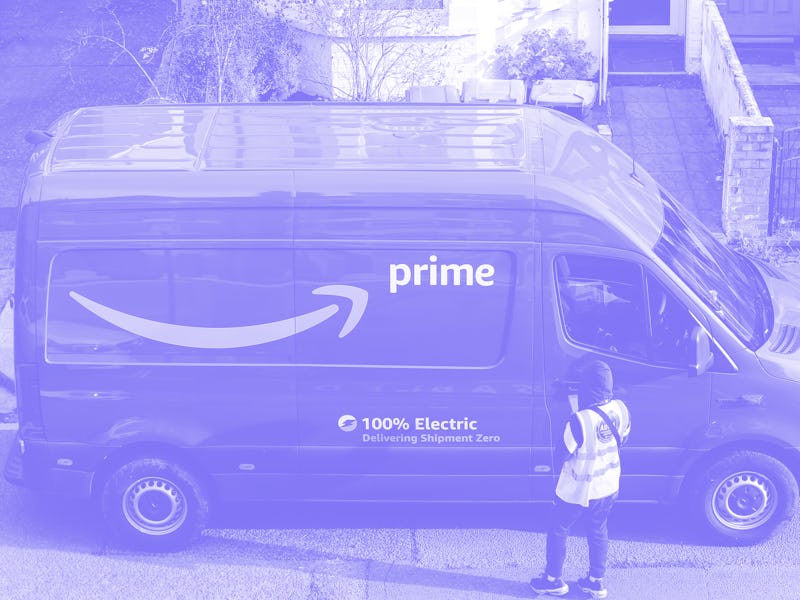Tech
Amazon is opening up its Prime shipping network to any business
Sellers will pay for using Buy with Amazon, of course, and customers will pay with their data, too.

Amazon is beginning to open up its extensive Prime shipping infrastructure to third-party sellers, marketing it as an alternative to companies like UPS and FedEx. The service, dubbed “Buy with Prime,” will be available to merchants for a fee, though it’s only available by invitation right now.
Prime, once a shipping incentive for consumers to buy into Amazon’s subscription, has rapidly turned into a complex network of delivery vans and logistics technology. Amazon’s system is now robust enough that — like everything else it owns — it’s ready to capitalize upon it as much as humanly possible.
For now, only sellers that use Fulfillment by Amazon, a program that allows third-party sellers to list products on Amazon and use its shipping network, will be receiving invites to the new pilot program. The Buy with Prime program will differ from this existing program in that products won’t actually need to be listed on Amazon; sellers can choose to sell on their own e-commerce site along with a “Buy with Prime” button.
How it works — After implementing the Buy with Prime option on their site (via a JavaScript widget), the service will charge sellers on a per-unit basis. The exact price of that fee will vary, being comprised of a service fee, a payment processing fee, a fulfillment fee, and a storage fee. Sellers can choose to offer Buy with Prime on one item or their entire stock — whatever they’d like.
Amazon’s “more than 200 million” Prime subscribers will then be able to log in with their Amazon credentials to complete the checkout process. It’s an incentive for customers (assure you receive your item in just a few days’ time) and an incentive for the seller (worry less about getting all those packages out into the world).
Amazon’s stake in the game is, yes, the fees acquired by sellers for each item shipped, but there’s more to it than that. Each time an order is placed, Amazon will receive data about that customer — data that will be perfect for advertising purposes. Access to information about what customers are buying outside Amazon properties could be indispensable for numerous reasons.
We’re gonna need some reform — Expanding its shipping services is a perfectly logical move on Amazon’s part. But there’s a significant variable standing in the way of Buy with Prime’s success: the human factor.
Amazon’s sizable delivery operation is only possible because of the many, many people hired to drive its delivery vans across the U.S. Even with Amazon’s current delivery load, those drivers are consistently overworked and underpaid.
Amazon’s delivery model won’t be sustainable until it learns how to treat its drivers like human beings. In the meantime, though, the e-commerce giant will surely profit from expanding delivery outside its site borders, both in cash and in data — and its workers will continue suffering.